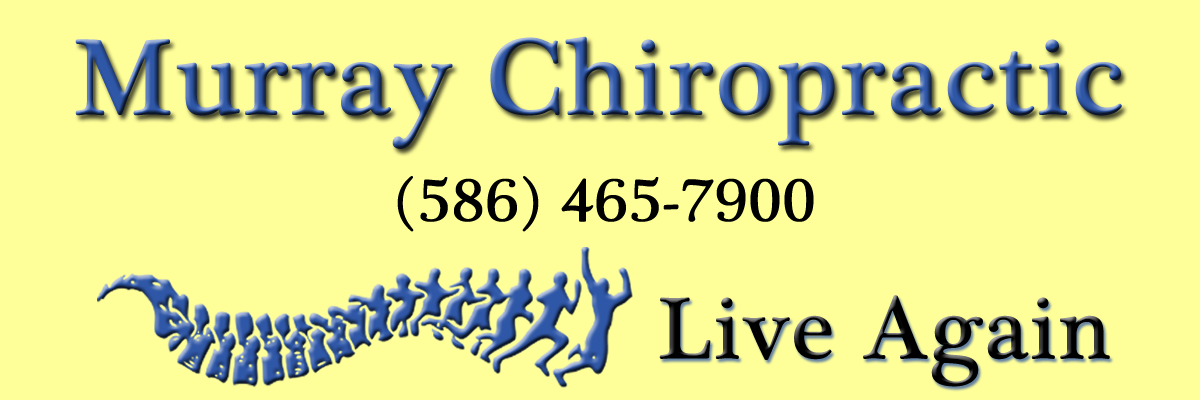Headache Management
Headaches, in one form or another, affect nearly ninety percent of the population at any given time. Sometimes headaches can be minor and simply resolve on their own, with little to no treatment necessary. However, many people suffer from headaches that have become debilitating and seem to get worse over time. Chiropractic care, including the use of spinal manipulation, has been offered as a treatment option to those in need of relief from a variety of different types of headache pain
Chiropractic treatment, as a part of a complete chiropractic care plan, can greatly reduce the pain associated with headaches, and even the frequency in which headaches occur. When a chiropractic care plan is put into place for those suffering from headaches, a chiropractor will often combine spinal manipulation with other healthy lifestyle strategies in order to achieve the highest levels of pain relief for each individual patient. As opposed to traditional or conventional medical solutions, such as prescription medication, chiropractic care presents a distinctively different approach, allowing for the management and improvement of headache pain on a more natural level.
Research has shown great improvements in several types of headaches, including migraines, when patients are treated under the guidance of a chiropractic care plan. According to a recent study published in the Journal of Manipulative and Physiological Therapeutics, evidence has proven the effectiveness of spinal manipulation, as included in chiropractic care, in reducing cervicogenic headaches and migraines without the use of prescription medications.
Chiropractic Care for Headaches
When seeking chiropractic care and treatment for headaches, patients should expect chiropractic care providers to assess the needs of each individual based on a variety of factors. These factors may include documented health history, injury, and physical examination. Each patient is evaluated as a whole and chiropractic care for headaches is put into place based on a goal of overall health and well being focused on individual needs. This includes identifying the source of pain, factors contributing to specific headaches, and directly treating root causes.
Upon identification of specific headache problems, chiropractors frequently incorporate manipulation strategies alongside encouragement of appropriate exercise techniques, stretching, and maintenance of proper diet. After headache pain has been relieved, proper maintenance and chiropractic care is often encouraged and carried out in order to prevent similar pain and/or injury in the future. Chiropractic care for headaches ultimately works towards an overall health restoration for each patient.
Chiropractic treatment goals may be short-term, long-term, or both in order to reduce pain and restore normal body functionality. Improvement of daily living and activity levels should be expected as a part of an overall assessment and implementation of a chiropractic care plan for headaches.
References and Investigative Studies
https://www.acatoday.org/Patients/Health-Wellness-Information/Headaches-and-Chiropractic
Bryans R, Descarreaux M, Duranleau M, et al. Evidence based guidelines for the chiropractic treatment of adults with headache. J Manipulative Physiol Ther 2011; 34: 274-89.
The purpose of this manuscript is to provide evidence-informed practice recommendations for the chiropractic treatment of headache in adults.
Systematic literature searches of controlled clinical trials published through August 2009 relevant to chiropractic practice were conducted using the databases MEDLINE; EMBASE; Allied and Complementary Medicine; the Cumulative Index to Nursing and Allied Health Literature; Manual, Alternative, and Natural Therapy Index System; Alt HealthWatch; Index to Chiropractic Literature; and the Cochrane Library. The number, quality, and consistency of findings were considered to assign an overall strength of evidence (strong, moderate, limited, or conflicting) and to formulate practice recommendations.
Twenty-one articles met inclusion criteria and were used to develop recommendations. Evidence did not exceed a moderate level. For migraine, spinal manipulation and multimodal multidisciplinary interventions including massage are recommended for management of patients with episodic or chronic migraine. For tension-type headache, spinal manipulation cannot be recommended for the management of episodic tension-type headache. A recommendation cannot be made for or against the use of spinal manipulation for patients with chronic tension-type headache. Low-load craniocervical mobilization may be beneficial for longer term management of patients with episodic or chronic tension-type headaches. For cervicogenic headache, spinal manipulation is recommended. Joint mobilization or deep neck flexor exercises may improve symptoms. There is no consistently additive benefit of combining joint mobilization and deep neck flexor exercises for patients with cervicogenic headache. Adverse events were not addressed in most clinical trials; and if they were, there were none or they were minor.
Evidence suggests that chiropractic care, including spinal manipulation, improves migraine and cervicogenic headaches. The type, frequency, dosage, and duration of treatment(s) should be based on guideline recommendations, clinical experience, and findings. Evidence for the use of spinal manipulation as an isolated intervention for patients with tension-type headache remains equivocal.
Chaibi A, Tuchin PJ. Chiropractic spinal manipulative treatment of migraine headache of 40-year duration using Gonstead method: a case study. Journal of Chiropractic Medicine. 2011;10(3):189-193. doi:10.1016/j.jcm.2011.02.002.
The purpose of this article is to present a case study of chiropractic spinal manipulative treatment (CSMT) using the Gonstead method for a patient with migraines.
The patient was a 52-year-old married woman with a long-term history of chronic migraines, which included nausea, vomiting, and photophobia. The patient had endometriosis, but did not relate the migraines to her menstrual cycles. She also reported not using medication for her migraines due to previous drug-related issues. The average frequency of episodes before treatment was 1 per month, and her migraines often included an aura. The pain was moderate, was located on the right side, was pulsating, and lasted for approximately 15 hours. The numeric pain scale for an average episode was 8 out of a possible 10. The aura involved nausea, photophobia, and visual disturbances including black dots in the visual field lasting for approximately 10 minutes.
The patient reported all episodes being eliminated following CSMT. At 6-month follow-up, the patient had not had a single migraine episode in this period. The patient was certain that there had been no other lifestyle changes that could have contributed to her improvement.
This case adds to previous research suggesting that some migraine patients may respond favorably to CSMT. The case also provides information on the Gonstead method. A case study does not represent significant scientific evidence in context with other studies conducted; this study suggests that a trial of CSMT using the Gonstead methods could be considered for chronic, nonresponsive migraines.

